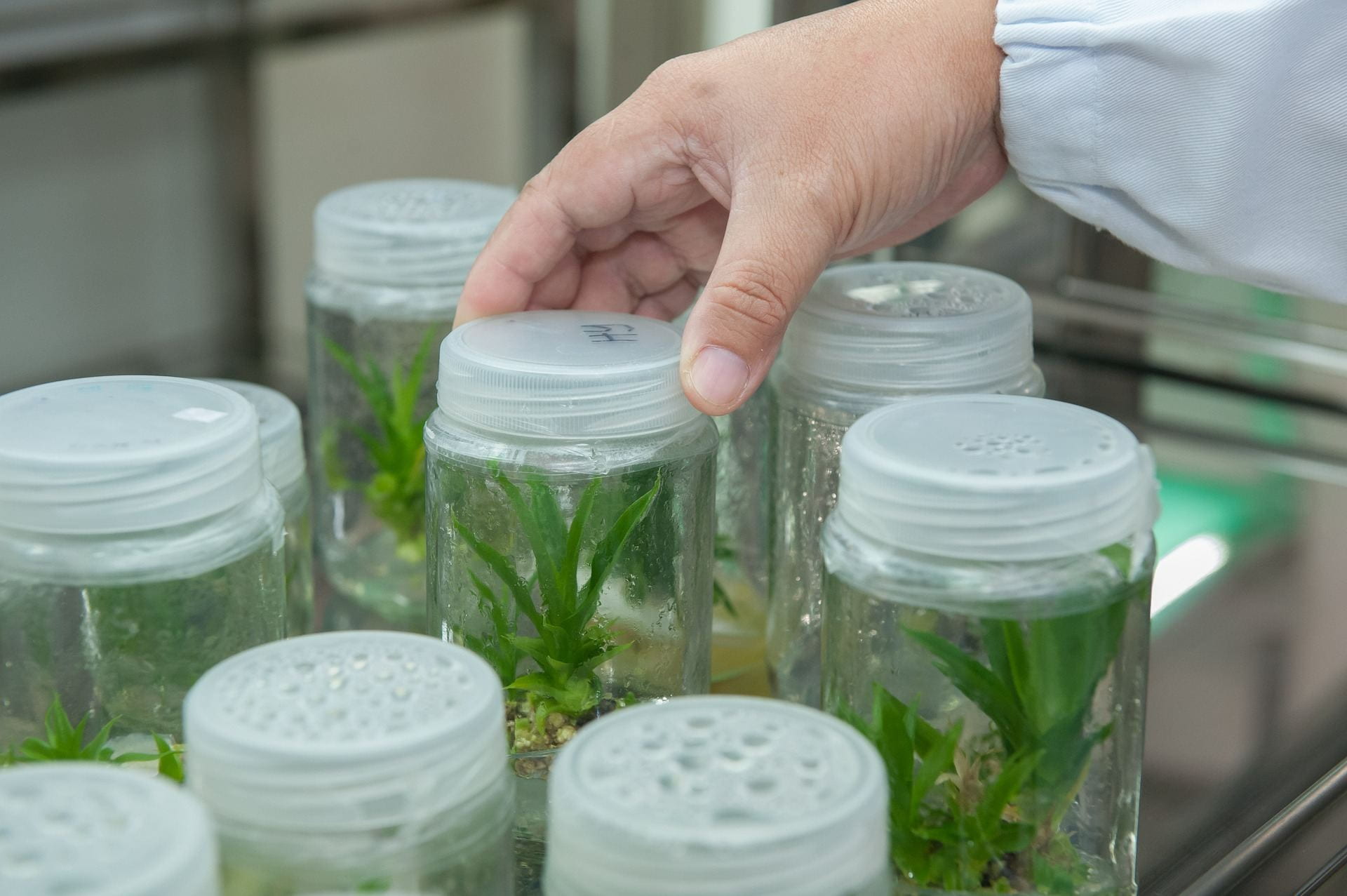
A trip to Walt Disney World includes popcorn, fireworks, and…genetic engineering? As discussed in a previous ScIU post, Disney attractions are full of surprising science, like illusions in the Haunted Mansion and electron movement in firework shows, but perhaps the most interesting example is the biotechnology at work in the Living with the Land attraction at EPCOT. In 1982, Disney debuted Listen to the Land, a slow-moving boat ride through agricultural vignettes that culminated in a visit to sprawling greenhouses that provided a peek at Disney’s biotechnology labs…
Tag: biotechnology
Employing wheat’s bacterial partners to fight a pathogen: An internship experience

This post is from the US Department of Agriculture’s blog. It was originally published on August 7, 2018, and has been lightly edited with a short introduction on internship experiences for graduate students. Internships in graduate school can be a fantastic experience. They can expose you to a completely new way to do science outside… Read more »
Digging up your roots: How DNA is used to trace your ancestors

Have you ever heard of genetic testing? Ever had a family member who sent a sample to companies like ancestry.com? With the rise in popularity of sites like ancestry.com, it’s becoming increasingly tempting to trace your roots through genetic testing. But, how do these genetic tests work? In this post, I will explain the science… Read more »
Nanomaterials that inhibit bacterial growth
Nanomaterials are fast becoming the materials of the future. Just this year three scientists were awarded the Nobel Prize in Chemistry for their work in understanding Molecular Machines. Each time period in human history has been defined by the materials that we are able to harness–the Stone Age, the Bronze Age, and now, the Nanomaterial… Read more »
Bio-inspired nanomaterials: Viruses aren’t all that bad
Viruses are often associated with disease, but they can also be useful. Viruses infect many organisms other than humans, including plants and bacteria. Aside from being infectious, the actual structure of a virus can be harnessed as a material. For example, a virus cage can be used to deliver drugs to our cells or to… Read more »